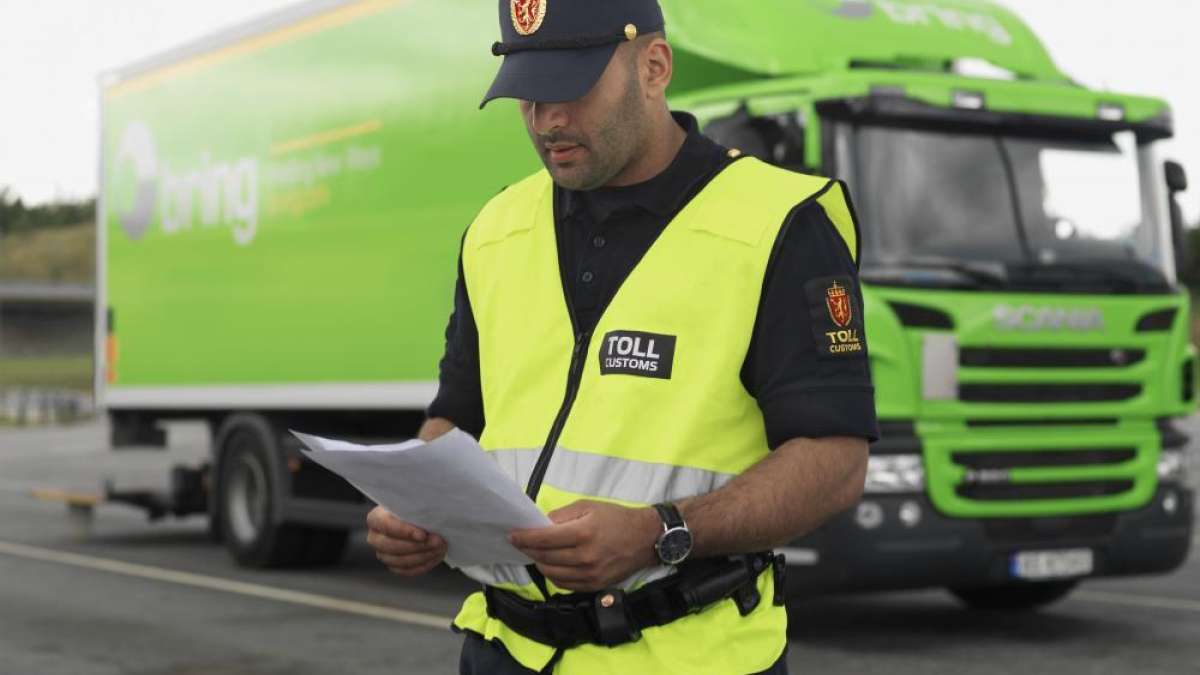1. Have detailed information about your goods available
Be sure to enter detailed information about your goods, whether you use a commercial or proforma invoice. Deficient invoice information can have consequences for your cross-border transport. Click here for details of the difference between a proforma and a commercial invoice, and how to fill them out.
Also apply for an EORI number. An EORI number is a unique registration number used to identify your company within the EU. EORI stands for Economic Operator Registration and Identification and you can apply for the number or check if you already have one on the Swedish Customs' website.
2. Find the correct commodity code for the correct calculation of import duties in the recipient country
Please note that all goods for export or import must have a commodity code. A commodity code consists of ten digits, of which the first four digits form the so-called HR-number. HS stands for Harmonized Commodity Description and Coding System and is a system used by most countries in the world for customs purposes and for international trade statistics. In The Customs Tariff you will find both the commodity code and the customs rate for your product. You need this to be able to correctly fill in your customs clearance documents.
3. Check whether your goods may be subject to prohibitions and restrictions
There are import or export restrictions for certain types of goods, for example you may need a license or some kind of permit. Common goods that may be subject to restrictions are food and organic products, plants, alcoholic beverages and electrical products.
4. Fill out the customs documentation
A product that is to be transported outside the EU must always have a description of the contents and thus an invoice attached. Usually it is a commercial invoice which is used but for goods you do not pay or charge for, a Proforma Invoice is used instead. You can read more about customs documentation and download documents on our page about customs. You can also send the customs documentation electronically as EDI or via the Swedish Customs Administration's Internet declaration (TID). To be able to do that, you need to make an application to the Swedish Customs Administration.
5. Do you need an export certificate?
In some cases, for example in case of temporary import or export or request for a refund of duty on return, you may need proof that the goods have left the EU. It may also be the case that the Swedish Tax Agency or other authorities want to see an export certificate for other reasons. To get this, you enter the code 30400 in the "special information/code" field in the export declaration.
Bring can help you!
We at Bring can help you with your customs declarations and customs clearance, can calculate VAT on your customs declarations and offers Bring E-Doc.
